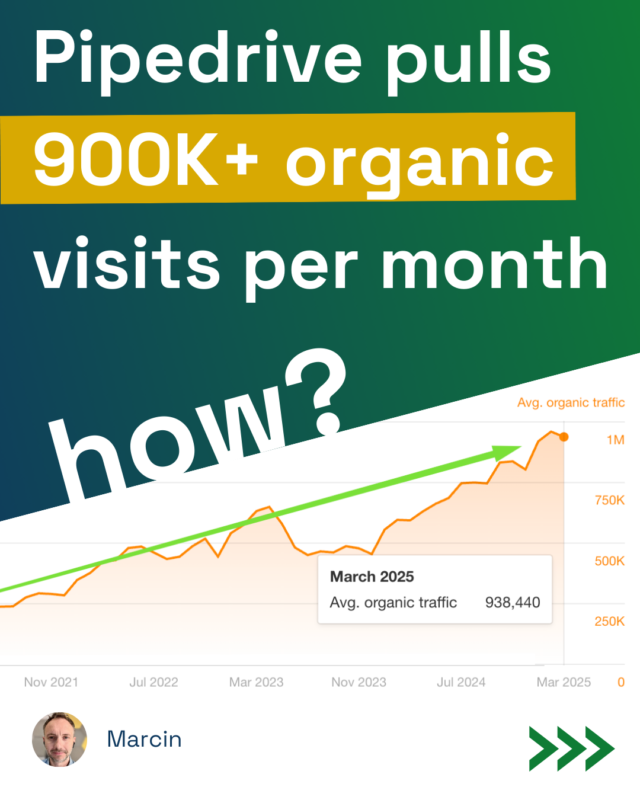Breaking Down Figma’s 9.6M+ Organic Visits with SEO Excellence
Figma, a leading UI/UX design platform, implemented a robust SEO strategy to drive 9.6M organic visits per month. This case study outlines the key strategies behind their success, including content clustering, backlink building, and leveraging AI innovations.
 Business Context & SEO Goals
Business Context & SEO Goals
- Company Overview: Figma is a cloud-based UI/UX design tool that enables collaborative design and prototyping.
- Objective: Expand organic traffic, strengthen brand authority, and leverage AI-powered tools to attract users.
- Key Result: Achieved 9.6M monthly organic visits and built a backlink profile of 115.5M links from authoritative sources.
Core SEO Strategies Figma Used
1. Topic Cluster Strategy to Dominate Design Keywords
Figma implemented a topic cluster strategy to drive significant traffic, reaching approximately 793K monthly visits from key topics:
- Best-Performing Topics – 634K traffic
- Color Codes and Palettes – 102K traffic
- UI/UX Tools – 33.4K traffic
- Design Strategy and Planning – 23.6K traffic
 Additionally, Figma created comparison pages like “Figma vs Adobe XD” and “Figma vs Sketch” to target competitive search queries and drive organic traffic.
Additionally, Figma created comparison pages like “Figma vs Adobe XD” and “Figma vs Sketch” to target competitive search queries and drive organic traffic.
A notable success came from the introduction of Color Pages in May 2024, which attracted 274K monthly visits within 90 days. Today, this section drives 2.9M visits per month.
 2. High-Quality Backlinks & Digital PR
2. High-Quality Backlinks & Digital PR
Figma’s backlink strategy played a crucial role in its SEO dominance:
 Strong Backlink Profile:5M backlinks from authoritative sites like Freepik, Bing, GitHub, Google, Yahoo, and Wikipedia.
Strong Backlink Profile:5M backlinks from authoritative sites like Freepik, Bing, GitHub, Google, Yahoo, and Wikipedia.
- Follow vs. NoFollow Ratio: 29% Follow backlinks, 71% NoFollow backlinks.
- Strategic Outreach: Collaborations with industry influencers, educational platforms, and technology blogs boosted authority and referral traffic.
3. User Intent Segmentation for Content Optimization
Understanding search intent was critical to Figma’s SEO strategy:

- Informational:9%
- Navigational:4%
- Commercial:7%
- Transactional:9%
Figma optimized its content strategy based on this segmentation, ensuring it addressed user queries effectively.
4. Leveraging AI for SEO Growth
Figma is a trendsetter in AI, integrating AI-powered tools to enhance the user experience and capitalize on AI-related search trends. This innovation positioned Figma as a leader in the evolving design tech landscape.
 5. Social Media & SEO Synergy
5. Social Media & SEO Synergy
Figma effectively integrates social media into its SEO strategy:

- Active on major platforms like Twitter, Youtube, and Instagram.
- Shares product updates, user stories, and engaging content such as memes to drive awareness and engagement.
- Uses social media virality to increase branded searches and backlinks.
Lessons from Figma’s Success
- Implement a data-driven topic cluster strategy to capture search demand.
- Build a strong backlink profile to enhance domain authority.
- Optimize content based on user intent segmentation.
- Leverage AI-powered tools to stay ahead of trends.
- Use social media as a growth lever to amplify SEO impact.
By applying these strategies, businesses can significantly boost their organic traffic. Want expert guidance? Get in touch with us today!




